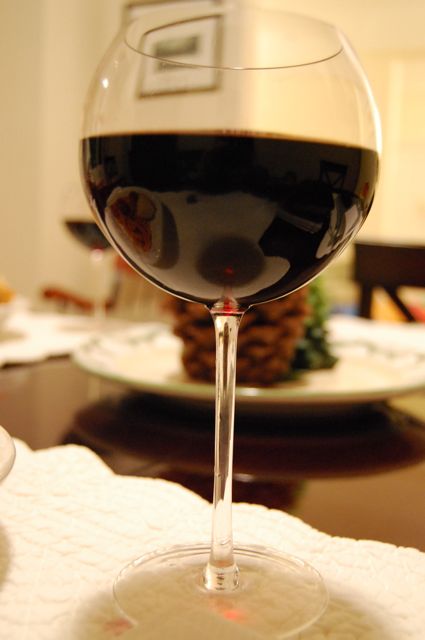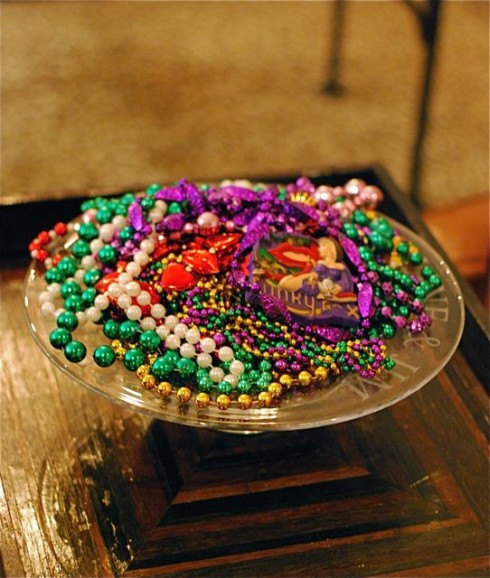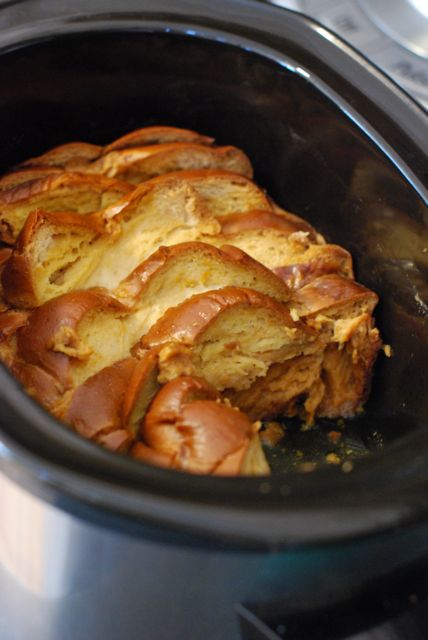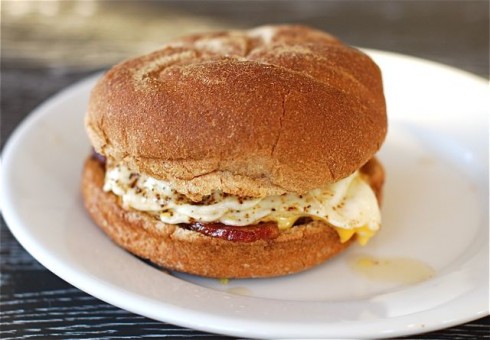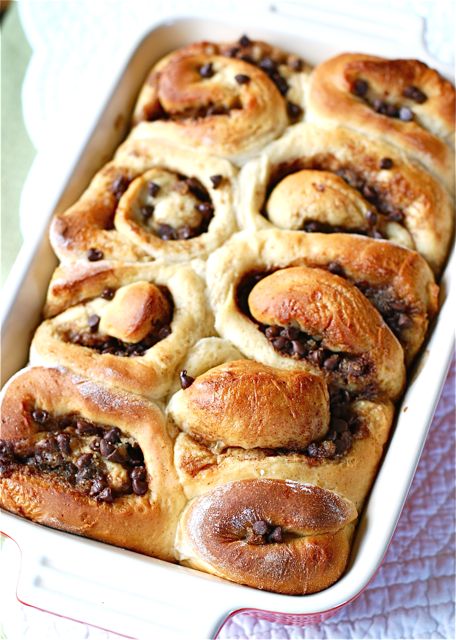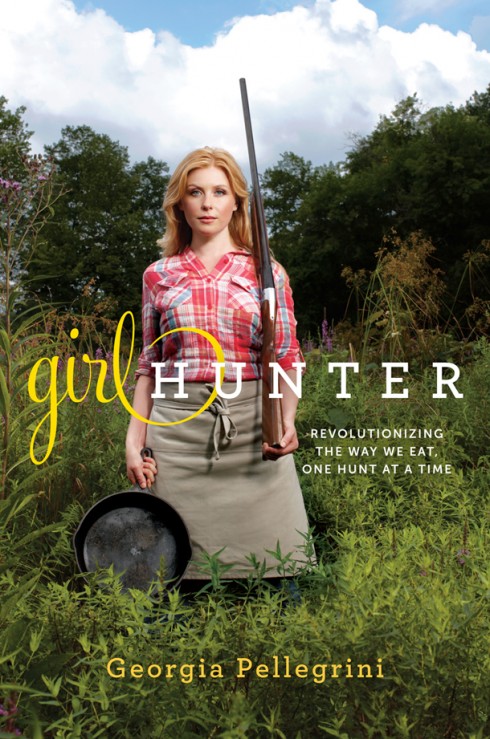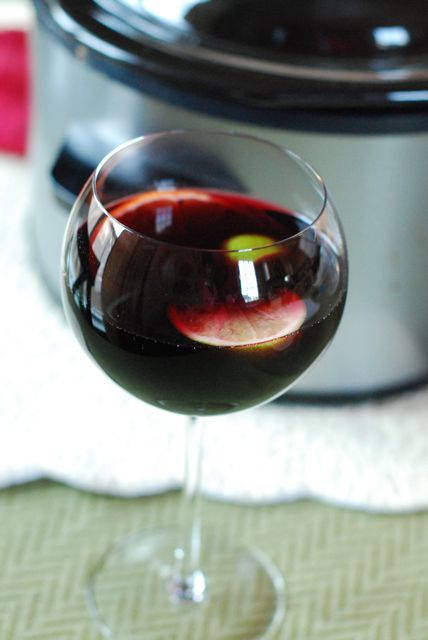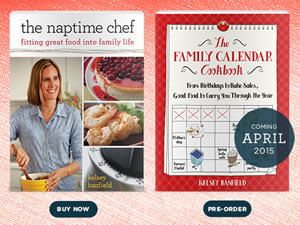Navigating Valentine Wine with Sasha! {Naptime Simple Tips}
It doesn’t have to be a minefield. I always check out a restaurant’s wine list online before I visit. Pick out a few wines in your price range and spend a few minutes researching them. It’s a worthwhile investment of your time. Better to spend the evening gazing into the eyes of your loved one that staring at a wine list, no?
Tell the sommelier what you’re looking for, and don’t shy away from establishing a price range. Tell her you want something under $40 — or if you feel awkward saying a dollar amount out loud, point to a wine in your price range on the list and tell her you want something for around that price. Mention some wines you know you like (or ones you don’t) to give her a sense of your taste.
Word to the wise: asking for a “dry” wine is virtually meaningless. Almost every wine on the list will be made in a “dry” style. If by “dry” you mean mouth-drying and a little bitter, like oversteeped tea, then you really mean “tannic.” (Wines made from Cabernet Sauvignon, for example, can be quite tannic.) And if you mean zesty and mouth-puckering, like a glass of tart lemonade, then you mean “acidic.” (Sauvignon Blanc is the quintessential example here.) Being precise with these terms will help you get what you want.
Finally, look beyond the tried-and-true (Bordeaux, Burgundy, Champagne, Napa) for the best values. Southern France and Spain are two regions I always look to, as well as off-the-beaten track regions in California. And this is just me, but I rarely order Pinot Noir-based wines when I’m out at a restaurant. It’s very tough to get this grape right. Inexpensive Pinots aren’t much to write home about–and good Pinots at a restaurant mark-up can be seriously pricey.
